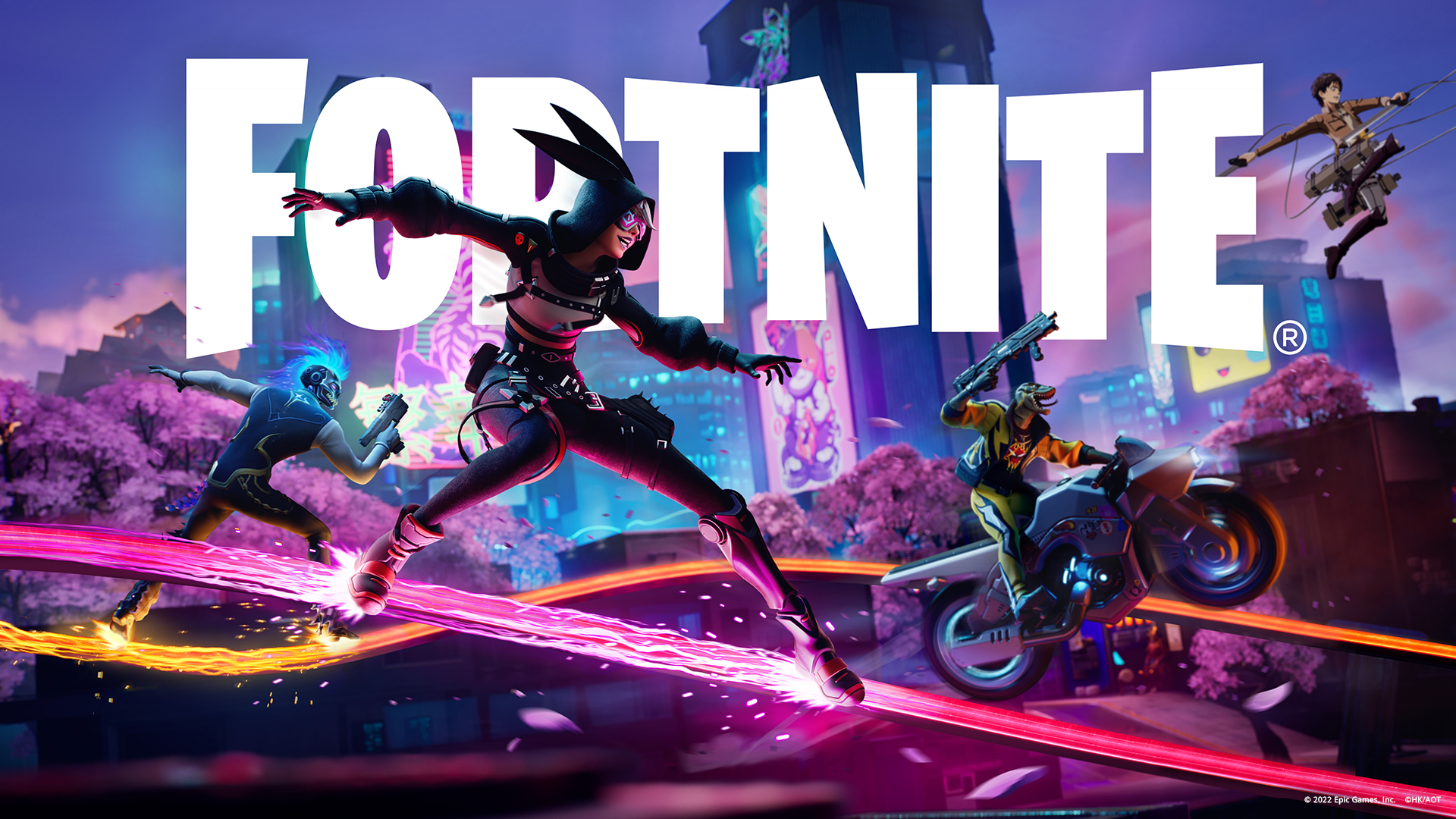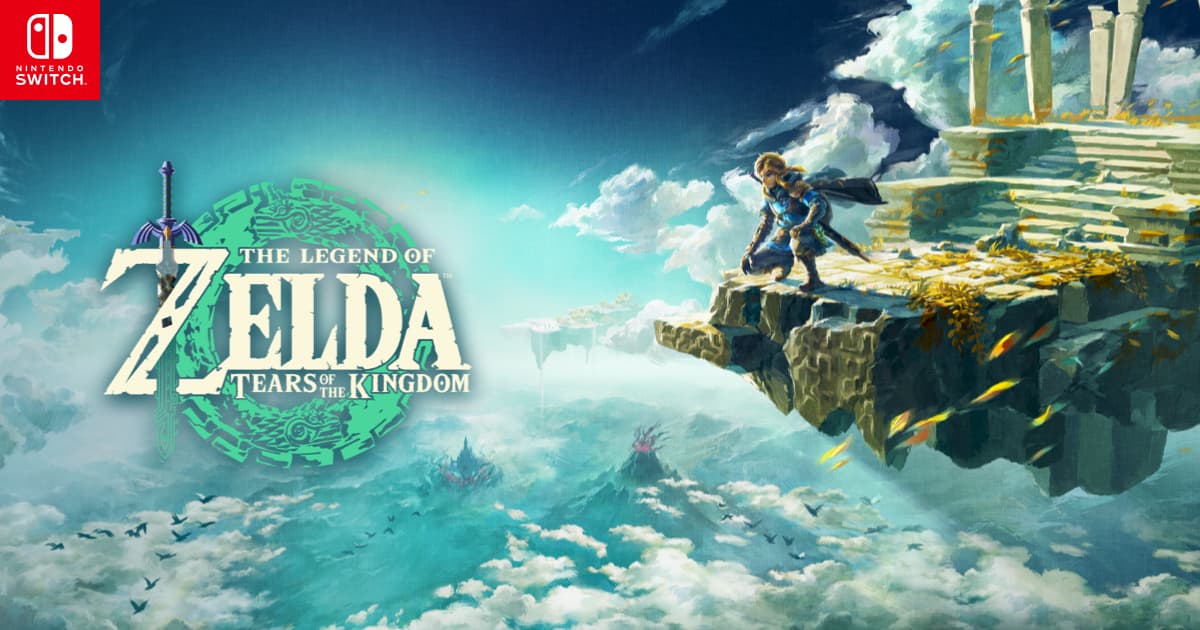Secrets of Triple A Video Games Unveiled. What is the marketing plan behind the games?

Fortnite photo courtesy of Epic Games
Deep Dive into what goes on in those video games your kids are playing.
With the summer season in full swing, I had initially drafted some concepts that were lighter and softer around the edges. Despite my efforts to do so, I kept on getting pulled back towards a stark reality in which gamers are currently stuck in. So this month we’re going to take a look at the intent of Triple A games. Triple A games are blockbuster titles with huge budgets and teams like Fortnite, Call of Duty, Final Fantasy, etc. and less so the smaller indie games like Untitled Goose Game or Golf Story.
Right out of the gate we have to recognize that the vast majority of the budget for a Triple A game goes to marketing, so that should tell us something. Furthermore, while many huge titles have opted for free-to-play, they are bound to some form of monetization, whether it be passes, in game gear, or cosmetics. By design, this means that a core mechanic or goal of the game will always be to keep you playing. Because we’re human and can’t help ourselves (thanks, Science!) well designed games (note: well designed is different than good) can be very effective at having us commit significant investment into them. A recent leaked document from Sony reinforces that statement in that “6 million PlayStation gamers spent 70% of their time only playing Call of Duty.” It is clear that the intent of the game, to keep someone playing, has been pretty effective.
After painting that grim outlook, let’s look now to the other side of Triple A games. Smashing records and ratings are titles like Nintendo’s Zelda: Tears of the Kingdom, an open world action adventure that is just fun. The ability to truly craft and explore makes it more than a game, but also a toy – all set in a fantastic world that reacts and bends to the absurdity of its rules. So what’s the difference? Z:TotK has a set price tag to it (relatively steep, at $70) and is a complete experience with bookends, rather than seasons of “live service” designed to squeeze out any opportunity to nab a penny.
While this may be at the forefront for modern gamers due to the medium’s growing popularity, this has always plagued the gaming world. For example, NBA Jam was a notorious example of rubber-banding or having the computer’s team (or drones) snap back and win from losing positions, often in the closing seconds to many a youngster’s astonishment and frustration. The intent? Chew through someone’s pocket of quarters. Counter that with Pac-Man, whose design, 43 years ago, was intended to invite females and couples into arcades, spaces historically male leaning.
TL;DR The intent of games has always danced between honest and play and profit driven grindy experiences. Whether it be a classic arcade or the next Triple A title, do yourself a favor and ask yourself what experience will you be paying for and is “free” really worth it?
What better time to suggest the Video Game Academy Summer Camp at Digital Dragon, where students can start their quest to make the next Triple A title game! Minecraft camps also expose students to the inter-workings of game design: Puzzles, Survival Island and SMP: Advancement Excursion & Achievement Hunters are on deck. Check out all the Summer Camp themes offered this year.
About the Author:
John Balash was instrumental in Digital Dragon’s launch in 2013 as its first Curriculum Director and is now back in the fold as a consultant on all the latest and greatest in tech education.This is John’s latest contribution to a monthly blog series we’ve launched, Tech News from the Frontier. John is the Director of Educational Engagement at Carnegie Mellon University’s Entertainment Technology Center. John has worked on educationally-focused initiatives with clients ranging from D.A.R.P.A. to Disney. Working from both sides of the desk, you can find John in classrooms and conferences around the world exploring new uses for technologies in learning environments.


